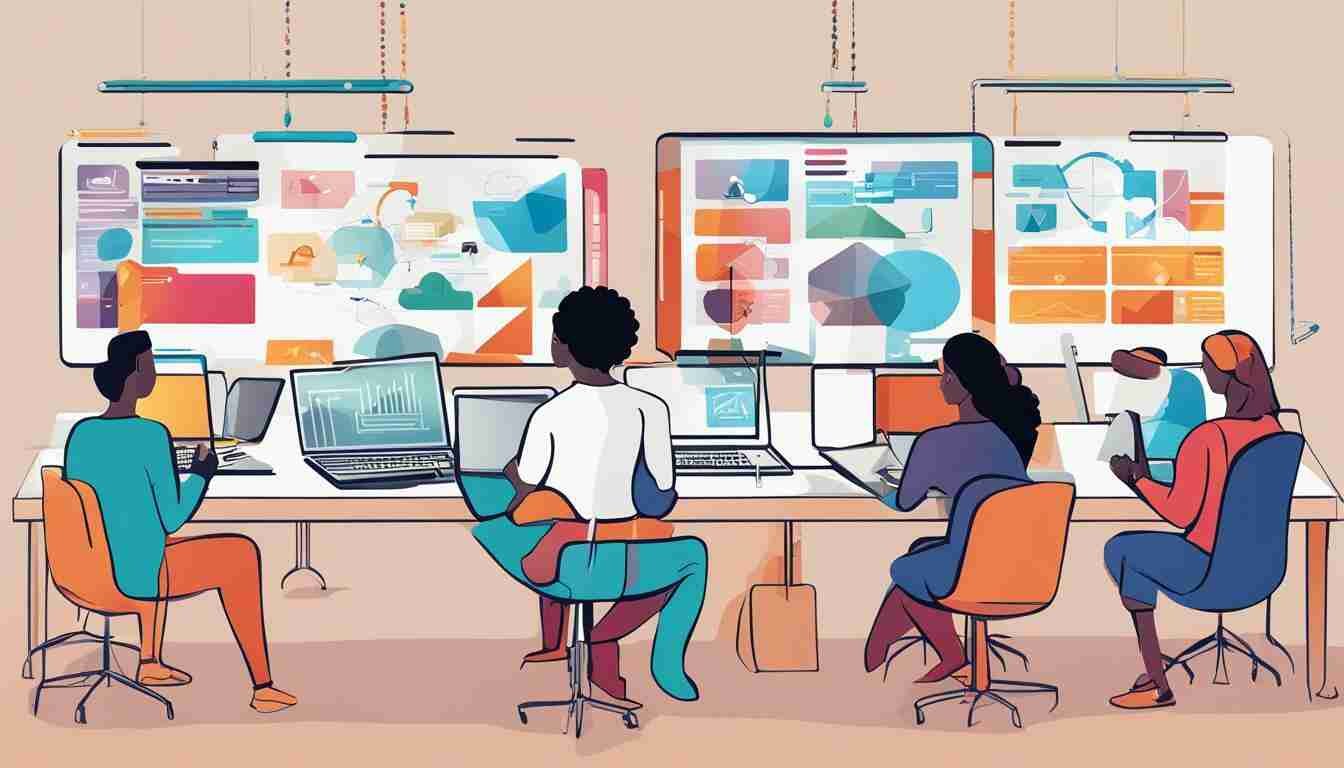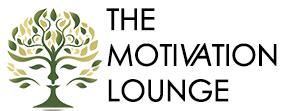Collaboration is a crucial part of any successful team, and it’s essential for achieving optimal results. When team members work together and pool their resources, they can accomplish things that would be impossible for individuals working alone. So, what are some effective team collaboration strategies? In this section, we’ll explore proven methods for enhancing team collaboration and improving overall efficiency. These strategies can be applied to both remote and in-person teams, and they’re designed to help team members work together effectively toward a common goal.
Key Takeaways:
- Effective team collaboration is crucial for success
- Proven strategies can enhance team collaboration and improve efficiency
- Strategies can be applied to both remote and in-person teams
Enhancing Communication within the Team
Effective communication is key to fostering teamwork and achieving optimal results. Without clear communication channels, team members may become confused, leading to misunderstandings and errors. To improve team communication, consider the following strategies:
1. Utilize Technology
Technology can be a powerful tool for enhancing team communication. Project management apps such as Asana or Trello can be used to assign tasks, track progress, and keep team members updated. Real-time messaging apps like Slack or Microsoft Teams are great for quick and efficient communication, as well as for virtual meetings. Video conferencing tools like Zoom or Google Meet can also be used to facilitate face-to-face conversations when in-person meetings are not possible.

2. Encourage Active Listening
Effective communication involves not only speaking clearly, but also actively listening to others. Encourage team members to listen actively by paraphrasing what they have heard and asking clarifying questions. This not only helps to ensure that everyone is on the same page, but also demonstrates that each team member’s input is valued.
3. Establish Clear Communication Guidelines
To avoid confusion and misunderstandings, it is important to establish clear communication guidelines within the team. This can include guidelines for email communication, such as response time expectations and subject line formatting, as well as guidelines for in-person or virtual meetings, such as agenda preparation and participation expectations.
By utilizing technology, encouraging active listening, and establishing clear communication guidelines, team members can improve their communication skills and foster a collaborative work environment. Effective communication is a key component of successful team collaboration and should not be overlooked.
Building Trust and Synergy
Team building strategies are essential for fostering trust and synergy within a collaborative team. When team members trust each other, they are more likely to work together effectively and share ideas that can lead to innovative solutions. Collaborative problem-solving is an excellent way to build trust and ensure that everyone’s input is valued.
| Team Building Strategies | Collaborative Problem-Solving Techniques |
|---|---|
|
|
By incorporating these team building strategies and collaborative problem-solving techniques, teams can build trust and synergy which will, in turn, enhance overall productivity and efficiency.

Effective teams work together to achieve a common goal. By utilizing team building strategies and collaborative problem-solving techniques, trust and synergy can be built, leading to a positive and productive work environment.
Leveraging Technology for Virtual Team Collaboration
As more and more teams move to remote work, virtual team collaboration has become increasingly important. However, collaborating virtually presents unique challenges that can hinder productivity and communication.
To overcome these challenges, project management techniques and various technologies can be utilized to enhance collaboration within virtual teams.
One popular tool for virtual team collaboration is video conferencing software, such as Zoom or Microsoft Teams. These platforms allow team members to communicate face-to-face, even when physically apart. This visual connection can help build rapport and enhance collaboration efforts.
Additionally, project management platforms like Asana or Trello provide virtual workspaces for team members to assign tasks, set deadlines, and track project progress. These platforms also allow for seamless communication within the team, as all project-related discussions can be centralized in one place.
| Technology | Benefits |
|---|---|
| Video conferencing software | Face-to-face communication and building rapport |
| Project management platforms | Centralized communication and seamless task management |
With such technologies, virtual teams can overcome distance barriers and foster collaboration that rivals in-person teamwork.

However, it is important to remember that technology is not a substitute for effective communication and trust-building among team members. Regular check-ins, clear communication, and building rapport are necessary to ensure virtual teams work cohesively and produce optimal results.
Streamlining Processes for Productivity
Efficient processes are crucial for enhancing team productivity. By streamlining workflows and optimizing project management techniques, teams can accomplish tasks more quickly and efficiently. Here are some practical strategies for improving productivity:
- Define clear goals and expectations for each project to ensure that team members are on the same page.
- Break down complex tasks into manageable steps to reduce overwhelm and enable team members to focus on one task at a time.
- Minimize distractions and interruptions by setting aside specific times for email and messaging.
- Delegate tasks to the most appropriate team member based on their strengths and skills.
- Track progress regularly to identify and address any potential issues before they become major problems.
Employing these strategies can help teams work more productively, collaborate more efficiently, and deliver results faster.

Project Management Tools for Enhanced Efficiency
There are many project management tools available that can help streamline workflows and improve team productivity. These tools allow team members to track tasks, deadlines, and progress in real-time, making it easier to collaborate and stay on top of projects. Some popular project management tools include:
| Tool | Description |
|---|---|
| Trello | A visual collaboration tool that allows teams to organize and prioritize tasks on customizable boards. |
| Asana | A project management tool that enables teams to track tasks, deadlines, and progress in real-time. |
| Monday.com | A team management platform that offers customizable templates and workflows to help streamline projects. |
By implementing project management tools, teams can streamline their workflows, reduce errors, and enhance productivity.
Conclusion
Efficient teamwork and collaboration are essential to achieving optimal results in any project. By implementing effective team collaboration strategies that enhance communication, build trust, leverage technology, and streamline processes, teams can significantly improve efficiency and productivity. Creating a positive work environment that values teamwork and collaboration can inspire individuals to work together towards a common goal.
Remember, successful collaboration requires continuous effort and open communication. Encourage team members to share their ideas and feedback, and always strive for improvement. By applying these strategies, your team can achieve success and reach new heights of productivity.
FAQ
Q: What are team collaboration strategies?
A: Team collaboration strategies are techniques and methods used to enhance collaboration and improve efficiency within a team. These strategies can include effective communication, building trust, leveraging technology, and streamlining processes.
Q: Why is effective team collaboration important?
A: Effective team collaboration is important because it promotes better communication, enhances problem-solving abilities, builds trust among team members, and improves overall productivity. It allows team members to work together towards a common goal, leading to better results.
Q: How can team communication be improved?
A: Team communication can be improved by using various techniques and tools. These can include regular team meetings, clear and concise communication channels, active listening, utilizing collaboration software or project management tools, and fostering an open and inclusive environment.
Q: What are some strategies to build trust among team members?
A: Strategies to build trust among team members include fostering open and honest communication, encouraging transparency, providing opportunities for team members to get to know each other on a personal level, recognizing and valuing each team member’s contributions, and promoting a supportive and collaborative work environment.
Q: How can technology enhance virtual team collaboration?
A: Technology can enhance virtual team collaboration by providing tools for seamless communication, project management, and file sharing. Video conferencing platforms, instant messaging apps, and project management software can help virtual teams stay connected and collaborate effectively, regardless of geographical barriers.
Q: How can processes be streamlined to improve team productivity?
A: Processes can be streamlined to improve team productivity by identifying and eliminating unnecessary steps, automating repetitive tasks, establishing clear workflows and deadlines, providing adequate resources and tools, and regularly evaluating and optimizing processes to ensure efficiency.





